Uncategorized
-
 Animals
AnimalsA single protein makes lovesick flies spill their guts
Producing a male-specific protein in digestion-related neurons may have led to the evolution of an odd “romantic” barfing behavior in one species of fruit flies.
-
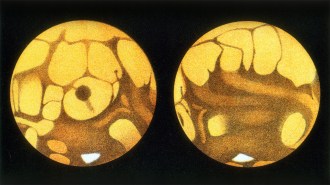 Planetary Science
Planetary ScienceHow alien ‘canals’ sparked debate over life on Mars
In The Martians, journalist David Baron recounts scientific and public debate over purported intelligent life on the Red Planet.
-
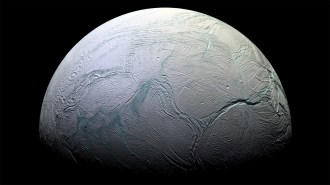 Planetary Science
Planetary ScienceCosmic rays could, in theory, sustain life on other worlds
The hypothesis could extend the search for extraterrestrial life to include frigid planets with thin atmospheres and underground water.
-
 Environment
EnvironmentA glacier burst, flooding Juneau. Again. This one broke records
A warming climate is behind growing floods of glacier meltwater in Alaska’s capital. Scientists say it’s the new normal.
By Douglas Fox -
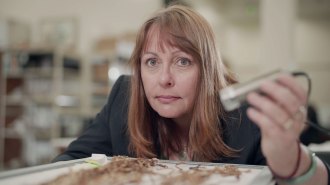 Anthropology
AnthropologyA 104-centimeter-long hair could rewrite recordkeeping in Inca society
Analysis of the hair used in a knotted device reveals the owner’s simple diet. That suggests commoners, not just the elite, kept records in Inca society.
-
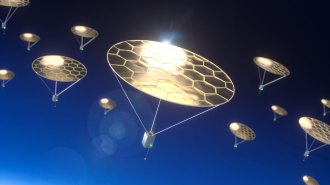 Physics
PhysicsSunlight is all that’s needed to keep these tiny aircraft aloft
Sun-powered fliers could use photophoretic forces to hover in the mesosphere, gathering data from a region off limits to planes and balloons.
-
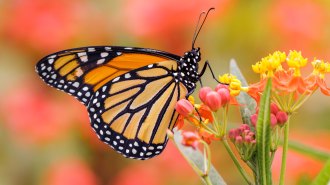 Animals
AnimalsWarm autumns could be a driver in monarch butterflies’ decline
In the lab, higher temperatures during fall migration led monarchs to break their reproductive pause, increasing their risk of death.
By Jude Coleman -
 Humans
HumansStopping menopausal hormones may require more bone monitoring
Women face a small rise in fracture risk within 10 years of stopping therapy, suggesting the need for additional monitoring.
-
 Health & Medicine
Health & MedicineThe sugar substitute sucralose makes immunotherapy less effective
Found in Splenda, sucralose reduces immunotherapy efficacy via its effects on the gut microbiome, but arginine supplements might counter the outcome.
By Payal Dhar -
 Materials Science
Materials ScienceScientists re-create a legendary golden fabric from clam waste
Sea silk, once spun from endangered clams, may make a comeback — thanks to discarded fibers from a farmed species. The find could sustainably revive a fading art.
By Celina Zhao -
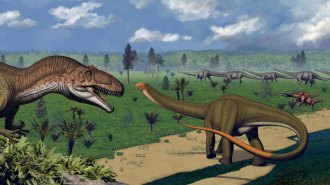 Paleontology
PaleontologyDinosaur teeth reveal some were picky eaters
The enamel in fossilized teeth reveals some dinosaurs preferred to eat particular parts of plants.
By Tom Metcalfe - Environment
See how aerosols loft through Earth’s sky
Aerosols, small particles in the atmosphere like salt and dust, may offset a third of human-caused climate warming, though their influence is fading.
By Nikk Ogasa